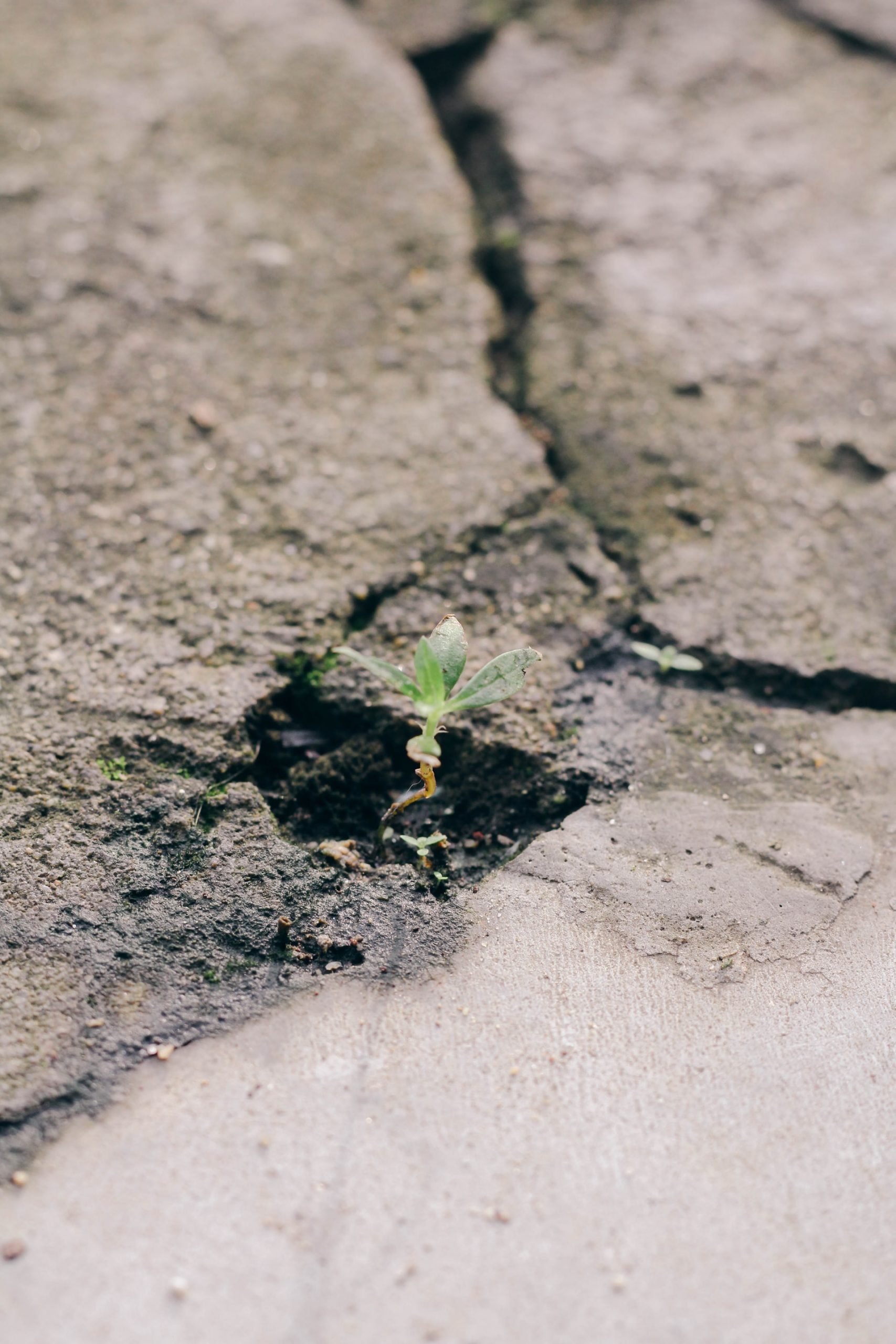As the main raw material for concrete, cement is responsible for 4% of Japan’s total CO2 emissions. To tackle the issue and improve the industry’s green credentials, Japan is switching to a new recipe that promises to suck up more CO2 than it emits.
Several groups of private Japanese companies and scientific institutions recently developed new cement and concrete techniques that create material from CO2, or that absorb it. One such innovative cement, developed by Taisei Corp, claims to lock up to 170 kg of CO2 per cubic meter of concrete, which gives the material a negative carbon footprint.
Together with applying carbon capture systems, the government hopes such innovations will accelerate the decarbonization process of domestic construction firms, which lately has been slowing.
The roadmap for greening cement is part of the broader “Environment Innovation Strategy” that METI launched in January 2020, and which aims to leverage low-carbon emission technologies in heavy-emitting sectors.
Background
As of 2021, Japan has 30 cement factories, with an annual cement clinker production capacity of about …

